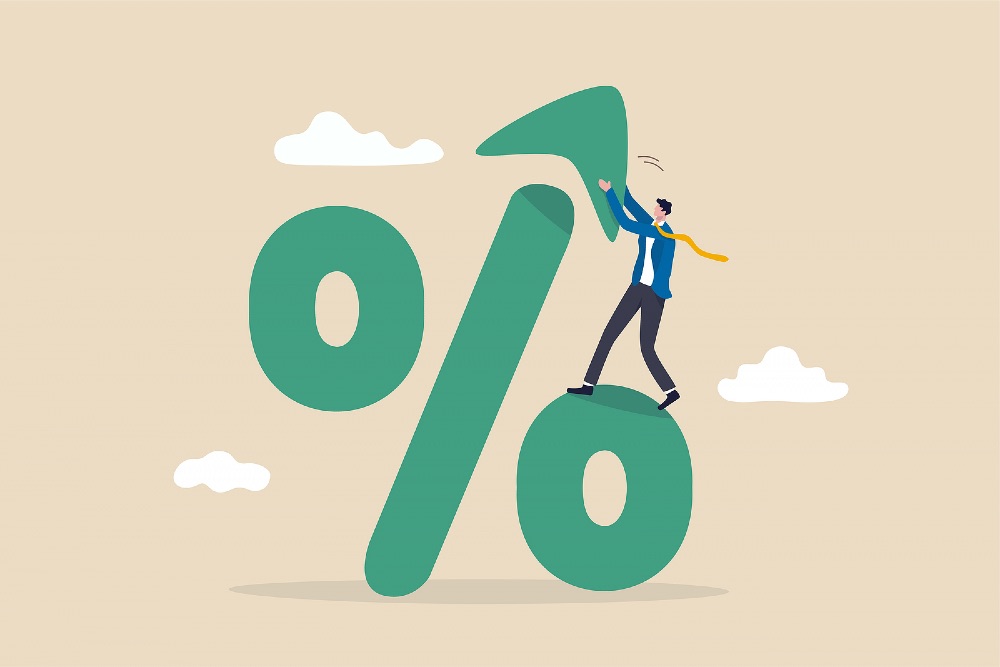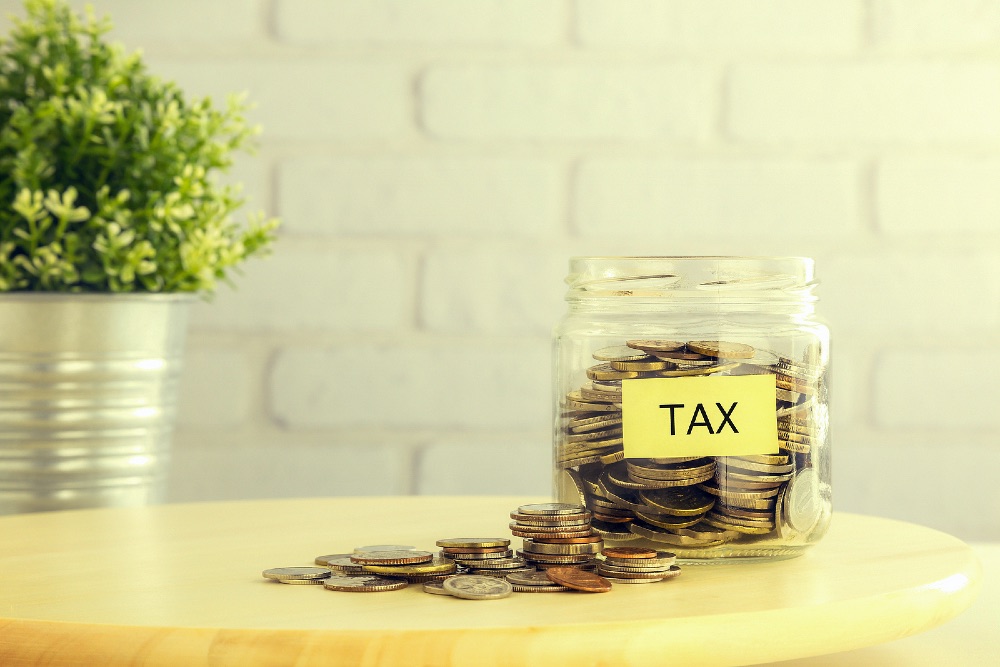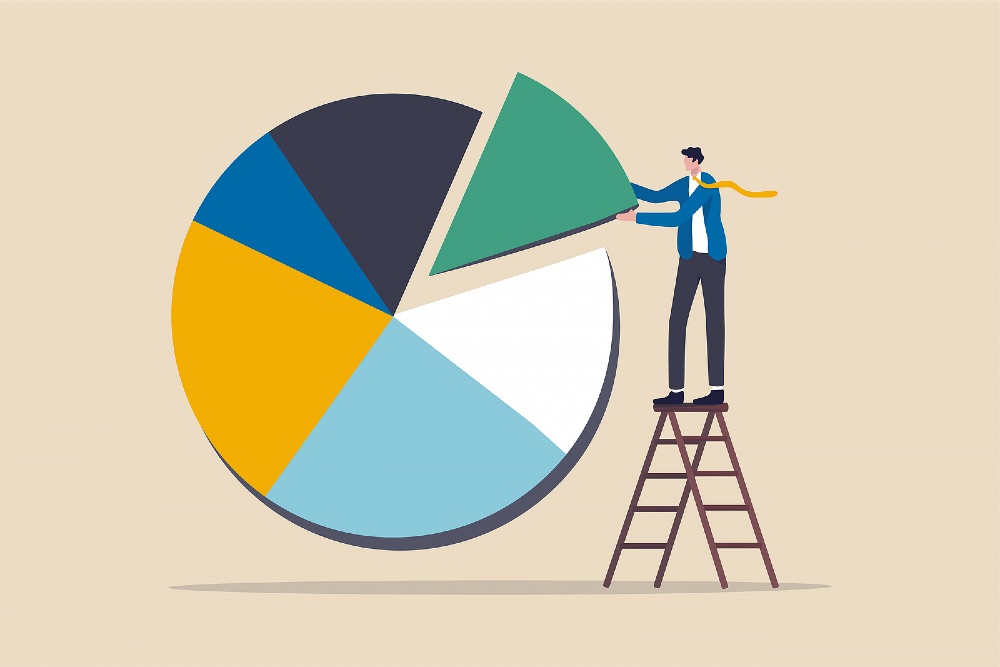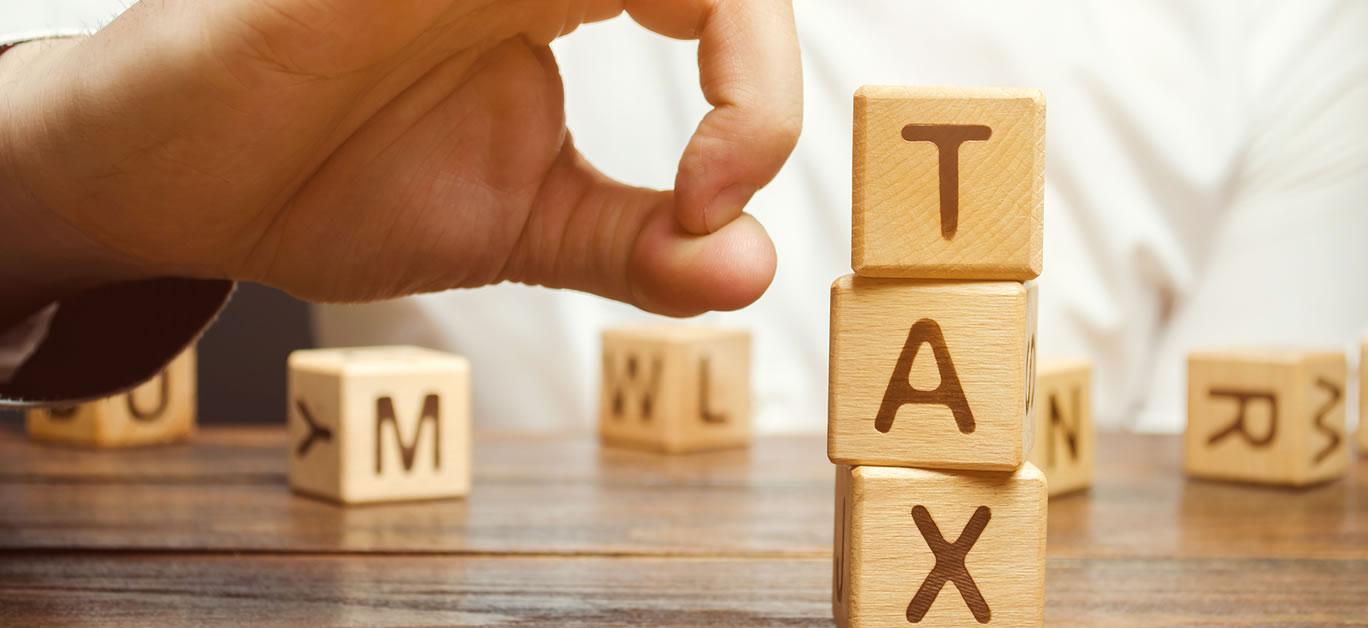Words by Joe Everton, investment communications consultant at St. James’s Place.
After much speculation, the rate of capital gains tax (CGT) was not changed in the chancellor’s Spring Budget 2021, to the great relief of investors – but nevertheless, it seems that more and more people are being trapped by CGT.
According to the Office for Budget Responsibility1, in the 2019-20 tax year, CGT raised £9.8 billion – representing 1.2% of all receipts, and equivalent to £340 per household. It is one of the most effective taxes in the United Kingdom. Provisional data2 suggests that total receipts from CGT could rise sharply in the current tax year, off the back of a bump in buy-to-let investors and business owners selling off assets for fear of potential tax rises.
CGT is a complicated tax, and it can be difficult to calculate gains and losses accurately. Many individuals could end up paying CGT unnecessarily or, worse still, face fines due to incorrect disclosure. Failing to manage capital gains effectively can also create a bigger potential inheritance tax liability on your estate, on which assets will be taxed at 40%, so early planning is essential.
Here, we provide answers to some of the most frequently asked questions about this often-misunderstood tax.
What is capital gains tax?

CGT is a tax on the profit when you sell something that has increased in value. CGT applies only to the gain you make, not the amount of money you receive for the asset. Gains from almost any kind of personal possessions can be liable to CGT, including shares that are not held in a pension or ISA wrapper, buy-to-let properties, jewellery or paintings, and coins and stamps. It’s important to remember you don’t have to pay CGT if all your gains in one tax year are below your tax-free exemption.
What is the CGT exemption limit?
The ‘annual exempt amount’ for the 2021-22 tax year is £12,300 for individuals. This means that any gains realised within that amount incur no tax. This exemption cannot be carried forward into the next tax year, so it is often advisable to use your CGT exemption each year to reduce the risk of incurring a significant CGT bill in the future.
It’s worth noting that in his Spring Budget 2021, the chancellor froze the capital gains annual allowance at its current level until 2026, which could result in higher tax bills for an increasing number of people who build up assets over the next five years – and choose not to take advantage of professional financial advice.
What are the CGT rates?

The rate of CGT that you will pay will depend on your other income. If you are a basic rate taxpayer and the gains on any assets sold are within your income tax basic rate band, you’ll pay 10% for most assets and 18% on residential property that is not your home that you live in. If your combined income and gains are above the higher rate threshold, you’ll pay 20% for most assets and 28% on residential property.
Which assets are free from CGT?
You don’t pay any CGT on assets held in a pension or ISA. Nor do you have to pay it if you sell your car, or the home you live in. But if you have used the property for a business, or let it out, or it’s your second home, then you’ll have to pay CGT. You don’t have to pay CGT on assets you give away to charity, however, you could be liable if you sell an asset to charity for more than you paid for it, or less than its market value.
What is bed and ISA?
This is when you sell investments and buy them back immediately and put them in a tax-efficient ISA wrapper. It’s an efficient way to help use up your ISA allowance and make your portfolio more tax-efficient because any future gains will be free of CGT.
How can I bring my CGT bill down?

Most sales or transfers of gifts between spouses or civil partners don’t give rise to a potential CGT liability. By transferring assets in this way you can take advantage of your combined CGT exemptions. It might also be sensible to split gains over two tax years to make use of both years’ allowances. Since the rate of CGT you pay is dependent on your income tax band, reducing your income tax rate can have a knock-on benefit on your CGT. You can do this by making a contribution to a registered pension scheme, for example.
What can I do if I make a loss on an asset?
If you make a profit when selling one item, but a loss when selling another, you can deduct the loss from the gain when working out how much tax you owe. You can carry forward any losses that haven’t been used to offset gains for up to four years. Even if you don’t owe any CGT, it’s still important to submit details of losses in your tax return to make it easier to offset them against a potential gain in future years.
You may also be able to reduce your tax bill by deducting any costs related to improving your assets. For example, you could deduct the costs of restoring a valuable painting or making improvements to your holiday home.
What would happen if I sold my business?

You may be able to qualify for Business Asset Disposal Relief (formerly Entrepreneurs’ Relief) if you are a sole trader or business partner, and you’ve owned the business for at least two years. The relief reduces the rate of CGT on disposals of certain business assets from 20% to 10%.
Top tips for reducing your CGT bill
- Use your annual CGT exemption to offset gains – you can’t carry it forward.
- Transfer assets between spouses or civil partners to enable the use of combined allowances.
- Consider splitting the realisation of gains over two tax years.
- Reinvest gains inside an ISA wrapper to shelter future profits from CGT.
The value of an investment with St. James’s Place will be directly linked to the performance of the funds selected and may fall as well as rise. You may get back less than the amount invested.
The levels and bases of taxation, and reliefs from taxation, can change at any time and are generally dependent on individual circumstances.
For more information on St James’s Place Wealth Management and the products and services the company provides, visit sjp.co.uk/products-and-services/investment.
Sources
1 Office for Budget Responsibility, Updated January 2021
2 HMRC, HMRC tax receipts and National Insurance contributions for the UK, Updated February 2021






















